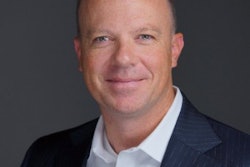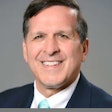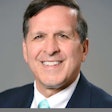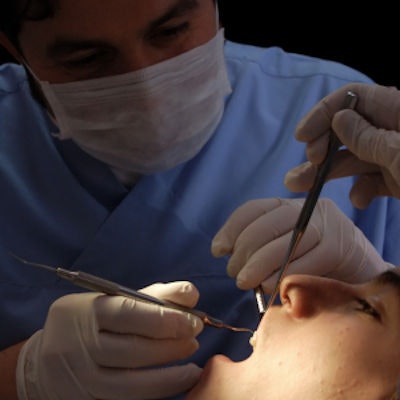
We all know that new patients are essential to the practice. There is a lot of information on the internet about attracting new patients with marketing strategies, podcasts, webinars, website content, direct marketing postcards, and more. Even though new patients are important, it's also important to keep them so they become established patients who value your practice and care.
Many practices that did well during the COVID-19 pandemic had patients who had a solid, trusting relationship with their dentist and the dental team. These patients came in for dental care more readily than those who didn't.
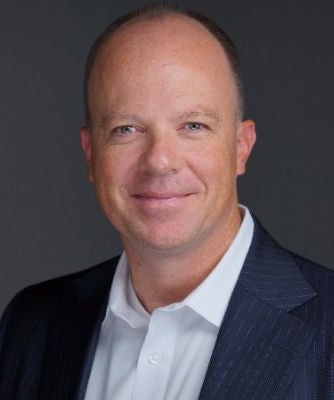 Dr. James V. Anderson
Dr. James V. AndersonOne reason that contributes to not keeping patients is that we often pigeonhole patients who say no to recommended care. When we are busy, we may dismiss the patient who has not agreed to recommended treatment as a waste of time, thinking or saying, "They aren't interested in any work that the insurance doesn't pay for" or "The patient doesn't value their teeth."
When you stop discussing optimum care with your patients, they may think that you don't care enough to communicate. Patients can change their minds when presented with new information or if they experience a change in their financial status. If you don't stay up to date with them, you may become their former dentist.
Poised for practice growth
During the COVID-19 pandemic when we were mostly shut down, the patients we saw received far more attention than they did in the past when practices were booked solid. We had the time to discuss the diagnosis and the never-scheduled treatment. The result was practice growth, because we were happy to show our patients that we valued them as patients and as human beings.
If you are not among the 10% of dental practices achieving growth, one issue to consider is if you have pigeonholed your patients based on past communications about treatment, services, and products. Practice analytics software is excellent for identifying problem areas, but the dentist and the team must use that information to communicate with patients.
Discuss with your team which patients you have given up on. Work with your team to improve communication with these patients to show them that they are not forgotten and that you are still concerned about them and the care you have recommended to them.
Demonstrate to your team how each person holds a special place in the scheme of things. In other words, show them the big picture of why we all must hold ourselves to a higher level of patient communication and leadership.
Also, be ready to answer tough questions. The pandemic revealed dramatic divisions in trusting public health recommendations made by scientists and healthcare professionals. Patients who did not trust their healthcare providers came in for fewer necessary appointments, and patients who did come in asked more questions. As professionals, we have to have the best available science-backed information to prevent losing patients.
Over the years, I have learned not to give up on my patients, no matter how much they challenge what I know to be true. Being dismissed by patients is part of the job, but rejection should not be taken personally. In the end, what will succeed is simply caring.
I have many success stories of patients who ultimately decided to get healthy and improve their dental aesthetics after years of counseling them. Many thanked me for not giving up.
Dr. James V. Anderson is a practicing dentist in Syracuse, UT, and is the CEO and founder of eAssist Dental Solutions. He can be reached via email.
The comments and observations expressed herein do not necessarily reflect the opinions of DrBicuspid.com, nor should they be construed as an endorsement or admonishment of any particular idea, vendor, or organization.




